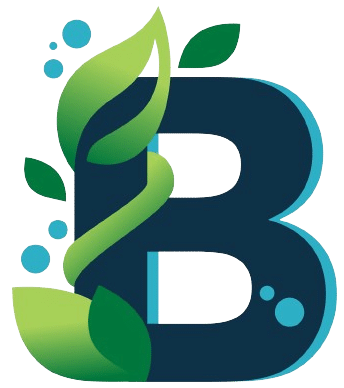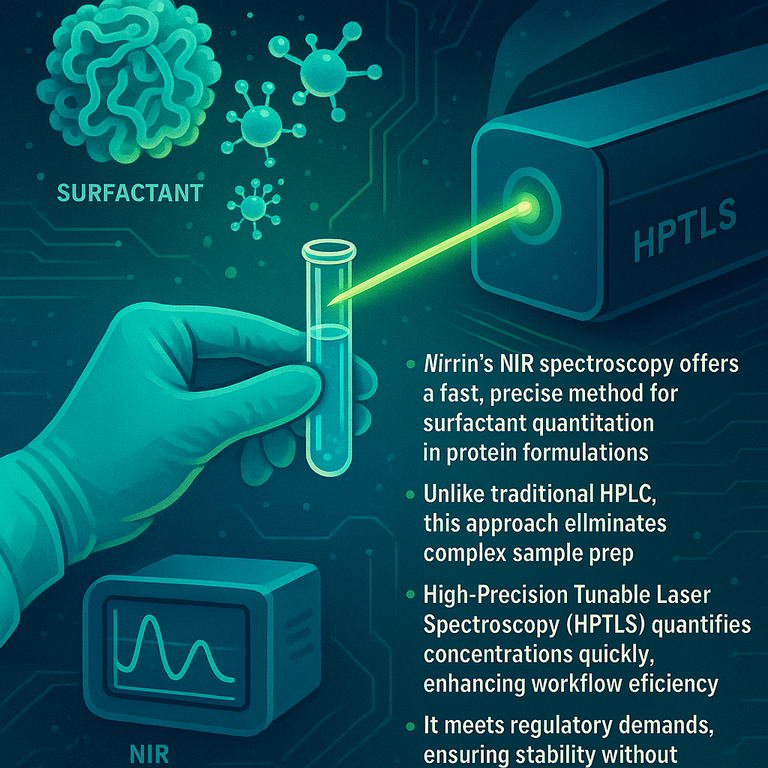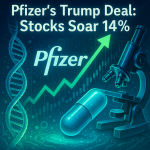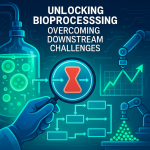🔬 Unlike traditional HPLC, this approach eliminates complex sample prep.
⚡ High-Precision Tunable Laser Spectroscopy (HPTLS) quantifies concentrations quickly, enhancing workflow efficiency.
✅ It meets regulatory demands, ensuring stability without compromising accuracy.
💡 This innovative technique supports formulation optimization and product quality.
Introduction:
This article discusses the innovative application of High-Precision Tunable Laser Spectroscopy (HPTLS) for the rapid and precise quantification of non-ionic surfactants, particularly Polysorbate 80 (PS80), in biopharmaceutical formulations. Traditional methodologies for surfactant analysis, including solid-phase extraction (SPE) followed by high-performance liquid chromatography (HPLC), face challenges due to lengthy processing times and technical complexities. HPTLS offers a promising alternative that overcomes these limitations.
- Polysorbates play a critical role in stabilizing proteins in biopharmaceutical formulations, necessitating accurate quantitation for formulation optimization and regulatory compliance.
- Existing methodologies for surfactant quantification, such as HPLC, are labor-intensive, time-consuming, and costly, which impedes product development timelines.
- HPTLS utilizes the combination band region (2100–2400 nm) of near-infrared spectroscopy, allowing for rapid, label-free quantification of surfactants with minimal sample preparation.
- The HPTLS platform delivers results in under three minutes, requires only microliter scale samples, and demonstrates accuracy rivaling traditional methods, even in complex matrices.
- By enabling frequent monitoring of excipient levels, HPTLS enhances workflow efficiency in formulation development and quality assurance, supporting compliance with regulatory standards.
Conclusion:
The advancement of HPTLS for surfactant quantification represents a significant leap forward in biopharmaceutical analytics. By offering a rapid, cost-effective, and accurate methodology, HPTLS addresses the shortcomings of conventional approaches, facilitating more efficient formulation processes and improved regulatory compliance while maintaining high standards of accuracy and reliability.



